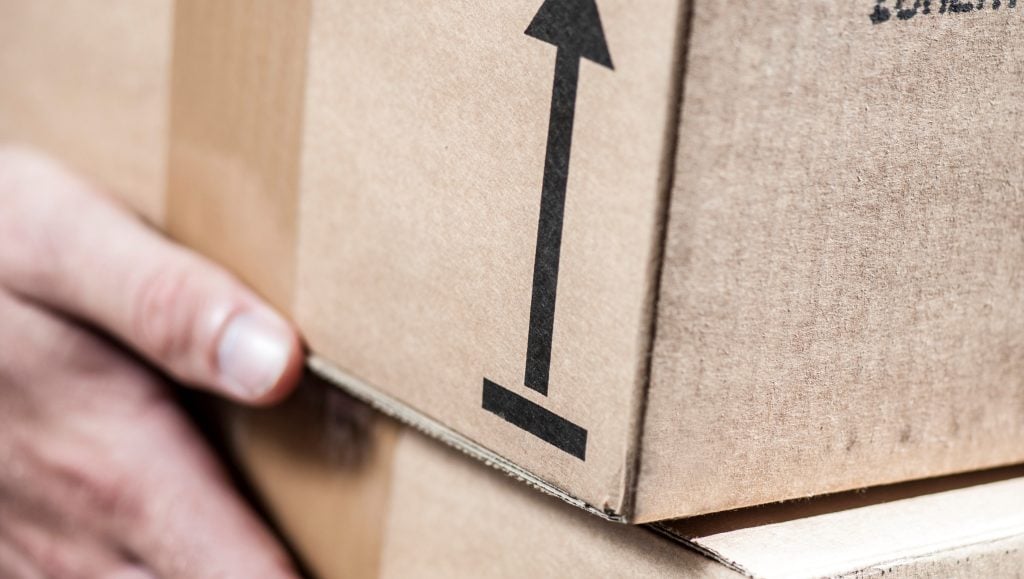Transport is not an exact science. It can always happen that goods get damaged, both during loading and unloading, as well as during the transport itself (e.g. by the shock upon departure from standstill, taking a roundabout with lateral forces on the load or by braking). That of course leads to loss of time and, above all, frustration, especially when it concerns urgent goods or unique pieces. To avoid this inconvenience as much as possible, we list some points of attention.
Before departure
Always provide appropriate, sturdy packaging for your goods. If the goods are on a pallet, please make sure that they do not stick over the edges to avoid that they push against neighbouring objects on a different pallet, and to assure that only the wood of the different pallets touches one another. On boxes, you can apply stickers with the word 'fragile', 'No stacking on top' or directional arrows to let the driver know that he may not place the goods upside down.
Check whether the carrier has secured the goods. If all the goods can be put against each other, fewer lashing straps or span slats are needed and we talk about form-fitted loading. In the latter case, and according to the European regulation, the gap between the pallets or boxes can be a maximum gap of 5 to 8cm. The golden rule: if the goods are secured too much, there may be a crushing hazard during transport. If the load is not secured at all, which is an absolute no-go, they can start moving, sliding or tipping over causing a lot of damage.

On the road
With these precautions in place, not too much can go wrong on the road. But your shipment is always prone to damage when the carrier trans-ships the goods to optimise the load in his truck. This is what happens per standard in a lot of distribution or joint-cargo networks. Keep in mind that every manipulation involves potential damage to the goods, so the more actions, the better the packaging should be. At Vengo, all goods are transported directly to the final destination, an important asset that reduces the risk of damage considerably!
Upon arrival
You have done everything in order to avoid damage and still it happens... Be prepared and make sure the CMR shipping note, which accompanies the transport, is clearly and completely filled out; and that you keep a copy (both the sender and the receiver). On the CMR shipping note, in the box for the description of the goods, you clearly mention the number, size, weight and condition. But it is even more important to agree with the receiver of the goods to do a thorough visual inspection of the packaging upon delivery before the carrier leaves again. If the receiver finds any damages, he needs to mark this on the shipping note before signing. This is the only way for the insurance company to accept the claim. If it is not marked on the shipping note, it is regarded as damage that occurred after the delivery (e.g. during the handling at the receiver), hence the insurance company will not accept and will not cover.


